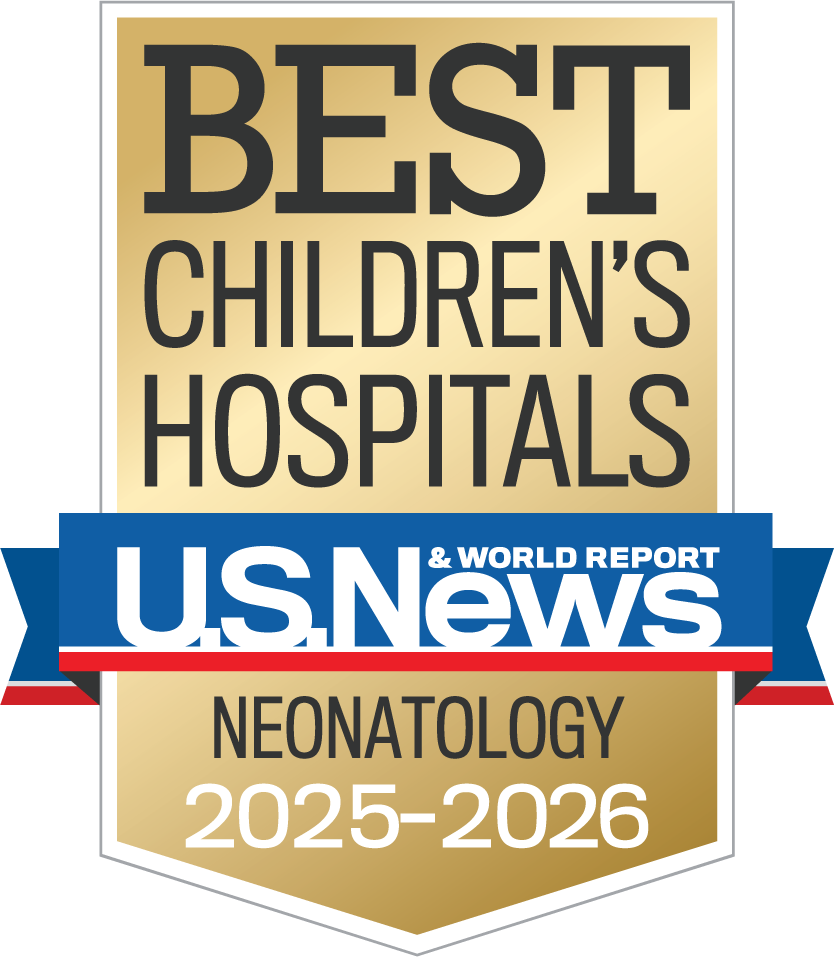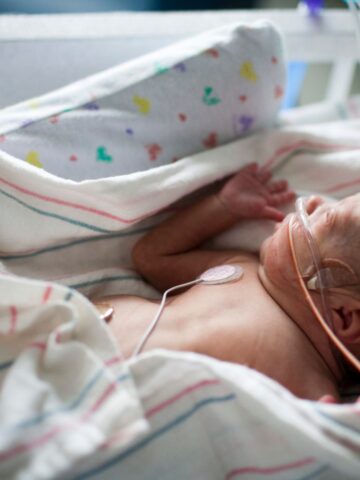Leading the way in NICU quality improvement
For more than a decade, quality improvement (QI) projects in the neonatal intensive care unit (NICU) at Children’s Health of Orange County (CHOC) — such as postoperative body temperature management and pain control — have allowed neonatologists to make advances in preterm infant care.
“Consistency of care is the most important thing,” says Dr. Irfan Ahmad, CHOC’s NICU quality improvement director and medical director of the hospital’s surgical NICU, which provides specialized care to babies needing surgery. “Not only do we want to see consistency within our own hospital, but we want to see that consistency nationally.”

To that end, CHOC has partnered with state and national quality organizations that represent different intensive care units throughout California and North America. Recent partnerships with the Children’s Hospitals Neonatal Consortium (CHNC) and the California Perinatal Quality Care Collaborative (CPQCC) have resulted in impactful QI projects in practice today.
“Quality improvement projects move much faster than similar research projects because you’re implementing strategies in real time on a smaller scale,” Dr. Ahmad says. “Through these partnerships, we’ve been able to study cycles very quickly and often within a few weeks we know whether our methods are effective. This allows for more experts around the country to contribute to and implement our findings.”
Effective quality improvement projects improve neonatal care nationwide
When CHOC’s surgical NICU was founded in 2014, the department’s first QI project focused on decreasing hypothermia in preterm infants during surgical operations. Infants with lower body temperature are not only less comfortable, but slower to heal from surgical procedures.
The team implemented simple but effective techniques, including:
- Bair hugger and warming devices used during operations.
- Hats and blankets worn during transportation.
- Keeping the transporter plugged in during surgery.
- Temperature moderation of the NICU and operating room facilities.
“Our goal was to keep infants’ body temperatures in normal range before, during and after surgery,” Dr. Ahmad says. “Prior to our QI work, the rates for hypothermia in our NICU were around 13%, which matched the nationwide average. We were able to reduce rates to less than 2%.”
Not only did neonatal rates of hypothermia drop, 30-day rates of postsurgical infant mortality, wound infection and wound dehiscence also fell steadily in the three years following initiation of the QI project.
Following the success of this QI project, CHOC addressed the surgical handoff of infants in the NICU in conjunction with the Vermont Oxford Network. Other partnerships include:
- Determining antibiotic duration for necrotizing enterocolitis in collaboration with CHNC.
- Improving the growth in infants with intestinal issues in collaboration with CPQCC.
- Improving physiologic stability with comprehensive data analysis and postoperative pain control in babies who have surgeries in the NICU — called “Erase Pain” — in collaboration with CHNC.
“We wanted to make sure to give enough pain medication during and after surgery, so babies don’t experience pain in the first 24 hours postoperatively,” Dr. Ahmad says. “At the onset of ‘Erase Pain,’ we were at 29% failure rates and now we’re at 10%.”
Developing quality improvement tools for state and nationwide implementation
To develop QI initiatives that are effective and teachable, the physicians and PA/nurse practitioners at CHOC use extensive research and preparation.
“When we’re beginning to write guidelines, we do an initial search to determine the latest information available on the issues we’re trying to solve,” Dr. Ahmad says. “In ‘Erase Pain,’ we looked at all the different pain medications used and the current literature and reviewed the experience of other people in different hospitals. This is how you develop an improvement bundle, through studying the scientific literature and latest practices, then determining how the bundle can be applied in your own setting.”
The next step is measuring results. Using a run chart or statistical process control chart, providers at CHOC determine if there have been improvements in the outcome measures because of implementation of the new guidelines or change strategies.
“If we see improvements, then we understand it’s the right thing to do,” Dr. Ahmad says. “We prefer to start off small and once we decide on a viable solution, we scale it up to the entire unit.”
Multidisciplinary quality improvement measures include families
One factor that elevates CHOC’s QI measures — in the NICU and across the hospital — is the model of collaborative care. Each QI team includes a family perspective, a unique aspect of all QI work at CHOC. Cross-specialty collaboration is also essential.
“We really pride ourselves on our multidisciplinary teams and communication,” Dr. Ahmad says. “All QI projects involve close collaboration between disciplines.”
The future of quality improvement initiatives at the CHOC NICU
So far, CHOC’s QI improvement teams have made at least 26 presentations at professional organizations and eight clinical publications, showing the reach of CHOC’s positive influence. Moving forward, physicians at the CHOC NICU will continue to participate in QI collaboratives, benefiting patients across the nation.
“Quality improvement initiatives in CHOC’s NICU are helping not only change outcomes in our health system, but also nationally,” says Dr. Sandip Godambe, CHOC’s chief medical officer. “This effort aligns with CHOC’s overall commitment to improvement science and its infusion into all we do.”

CHOC was named one of the nation’s best children’s hospitals for neonatology by U.S. News & World Report in its 2025-26 Best Children’s Hospitals rankings.




